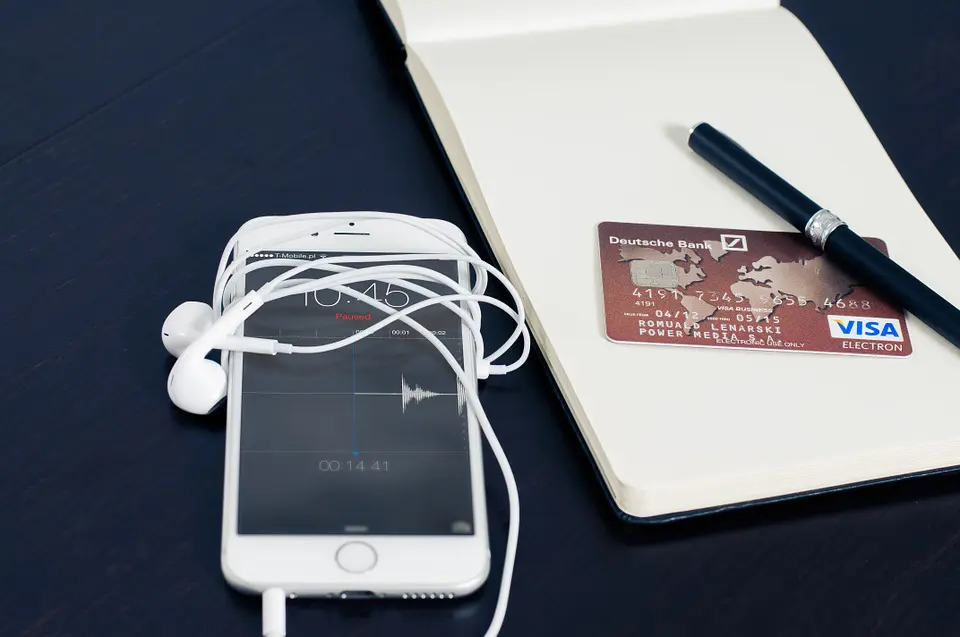Four months after Apple originally announced that it would be bringing its Apple Pay service to Germany, the service has finally arrived (mere weeks after also being rolled out in Belgium at the end of November).
Originally launched in the United States in 2014, Apple’s mobile payment service has been steadily expanded to more countries in the years since – it has also reached the United Kingdom, Australia, Canada, China, Singapore, France, Spain, Italy, Sweden, Finland, Denmark, Russia, Brazil, New Zealand, Kazakhstan, Poland, Ireland, Switzerland, Japan, and Ukraine.
The service comes on the heels of the arrival of Google’s rival service, Google Pay (formerly known as Android Pay), which arrived in Germany earlier in June.
Both smartphone payment systems allow the user to pay for goods and services with their phone in any physical store that has a card reader supporting Near-Field Communication (NFC) – the technology that enables contactless card payments. They can also be used on any online website or app that supports the quick-and-easy payment method, eliminating the need for entering lengthy (and sometimes unprotected) card details.
Services supported by Apple Pay in Germany
Apple haven’t been especially forthcoming with explanations for the delay in bringing their well-established service to Germany, but rumours abound of difficult fee negotiations with the German banking providers.
Agreements having now been reached, the new German Apple Pay landing page on Apple’s website carries a list of partner banks and services available to users, including:
- Visa
- Mastercard
- American Express
- Comdirect
- Deutsche Bank
- N26
- VIMPay
…and others, with more planned for addition to the service in 2019 (including Consors, DKB, Fleetmoney, ING, Revolut and VIABUY). Some major German banks are conspicuously absent from the lineup, however – Sparkasse, Commerzbank, PostBank and others are currently not on board, and there is no indication of whether they might become involved in the future.
The website also lists an impressive roster of physical retailers, online stores and apps that accept payments via Apple’s service, with more likely to be added in the coming months.
Privacy and security protection
The German market is well-known to be deeply concerned about privacy and the safeguarding of personal data, with many analysts citing the issue as the main reason for the nation’s continued resistance to many forms of electronic payments (with the majority of Germans preferring to use physical cash for transactions wherever possible). In fact, German retail giant Aldi didn’t even install card readers in its stores until 2015.
The European Central Bank recently estimated that the average German wallet contains over €100 in physical currency – more than in any other European country. “German citizens value cash very highly, and that’s quite simply a fact,” said the president of the Bundesbank at a press conference in 2016.
It’s hardly surprising, then, that Apple have decided to strongly emphasise the security features of Apple Pay, which encrypts and tokenises the payment data and doesn’t share any personal or card information with the merchant. Only a heavily encrypted version of data is stored in a dedicated security chip in the user’s phone, which is protected by the iPhone’s fingerprint scanning technology, preventing phone thieves from making use of the Apple Pay service (which can also be suspended remotely as soon as the user notices that their phone is missing).
Apple have wisely decided to lead with this paragraph on their new landing page (translated from German):
“Apple Pay works very easily. Most importantly, with Apple Pay your card number is never stored on your device or on Apple servers, and Apple Pay does not store any data about your transaction that is attributable to you. So, you can safely pay in stores, apps and on the Internet. Very easily.”
How to accept Apple Pay
For e-commerce retailers selling in Germany, the ability to accept the new payment method should be a sensible decision. If you sell your products via an established service such as Zalando, you may already be able to receive Apple payments without any further work on your part (although it’s worth noting that Amazon continues in its refusal to allow purchases via Apple Pay and other services such as Google Pay and Paypal, due to its preference that users adopt its own version, Amazon Pay).
For sellers with their own e-commerce website entirely, the adoption of Apple Pay may require more work. The good news is that for those running pre-made shopping cart software, Apple Pay is supported by many of these platforms already (including Shopify, Weebly, BigCommerce, 3DCart and others).
For those with a more unique, bespoke shopping system, the simplest method is for the web developer to use an Apple Pay software development kit (SDK) from an established payment service provider. Apple’s list of providers doesn’t yet officially advise on those available in Germany, but Worldpay is a good choice (instructions for web developers on how to accept Apple payments via Worldpay are available here).
In conclusion, the advanced and secure Apple Pay system may be the ideal technology for traditionally cash-favouring German consumers to wholeheartedly embrace another electronic payment method without suspicions regarding privacy and safety. If Apple Pay does indeed encourage more Germans to shop on the internet, e-commerce retailers operating in the country will be able to sell to a much wider market – and so ensuring their ability to accept these payments could very well be a key factor in their ultimate success.



